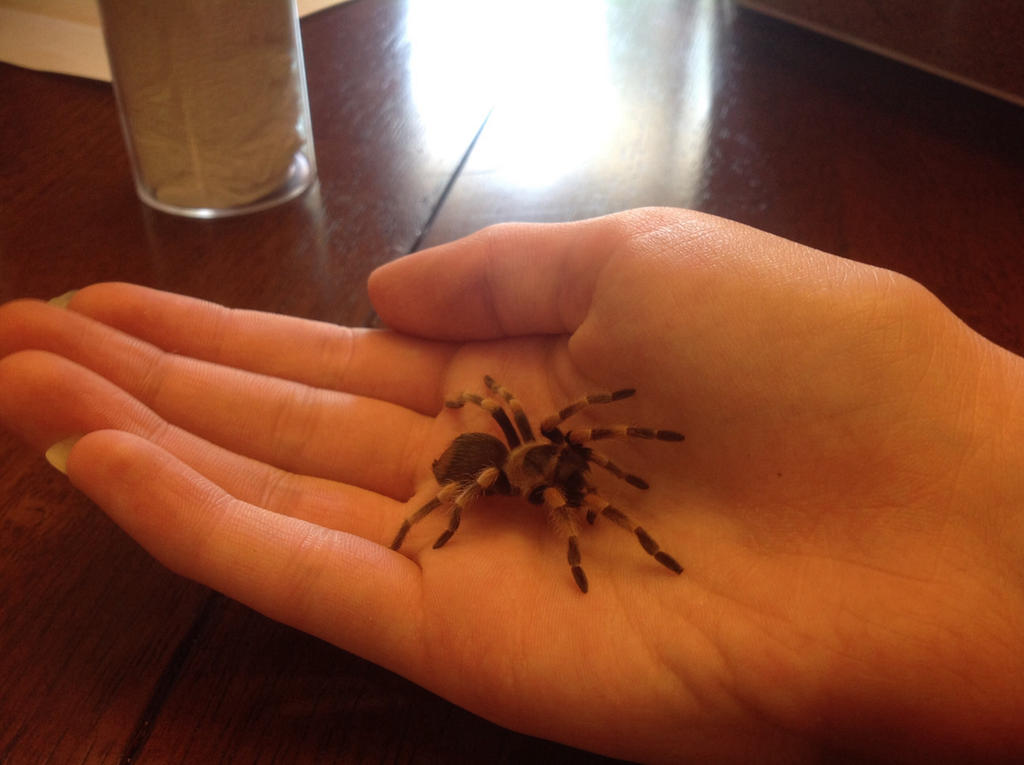Hello, i have a Red knee tarantula. I dont know the exact age, but I can say she is about a year old. I was wondering if I should move he to a bigger cage??

here is her current cage

and then the cage I have for her later:

and a side by side:

and just in case this helps:

she is just a tad bit bigger now
She is also my first T, so any help would be nice

here is her current cage

and then the cage I have for her later:

and a side by side:

and just in case this helps:

she is just a tad bit bigger now
She is also my first T, so any help would be nice
